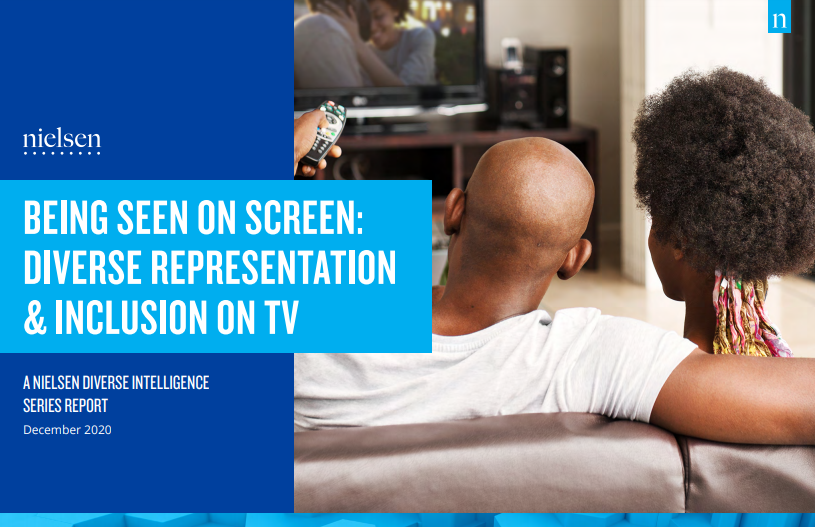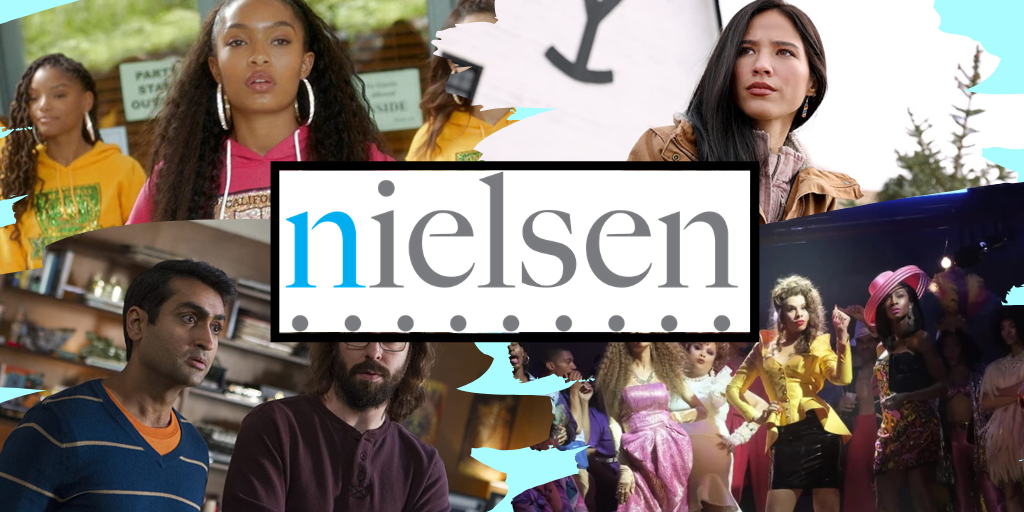TV analytics company Nielsen has released their first report on diversity, “Being Seen On Screen: Diverse Representation & Inclusion On TV.” The report has analyzed 300 of the most viewed programs in 2019 and found that 92 percent of all programming had “some presence of diversity (women, people of color, or LGBTQ) in recurring cast.”
“This increasing presence is applauded, but as we uncover in this report, presence is not the same as representation.”
So what does the paper say about representation on television? I have read the report, and I’ve come away with these critical points.
1. Hyperfocus on POC actors and characters on TV might block us in the industry from seeing where change still needs to happen.
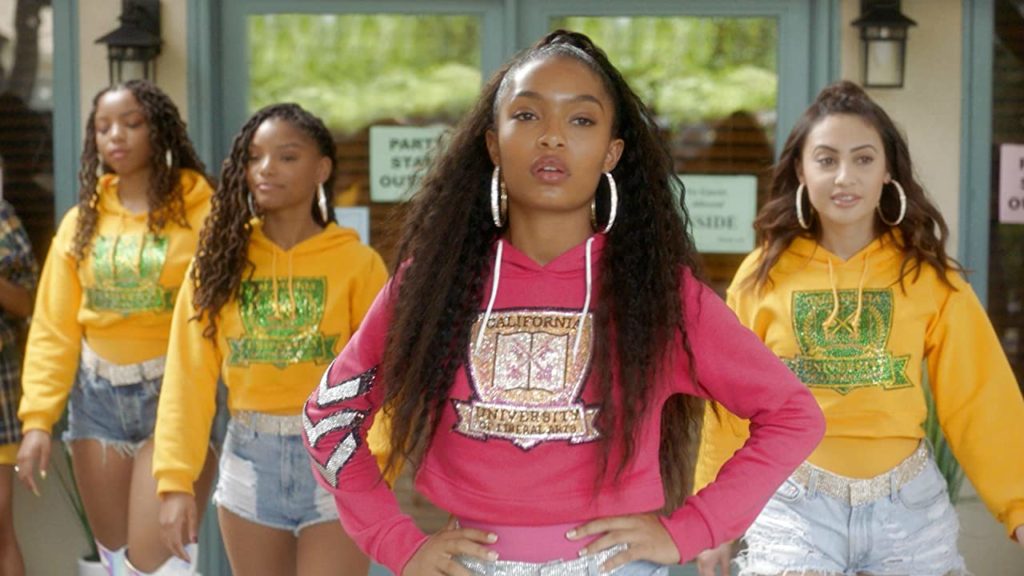
One of the things I’ve realized from reading many papers like Nielsen’s is that there has been lots of movement towards diversity in the past few years. But it’s a drop in the bucket compared to the amount of ground television has to cover to make up for decades of white-only content and opportunities.
As the Nielsen study states:
“Broadly speaking, people of color are underrepresented across all of TV. White non-Hispanic people, men and women have the largest share of screen, and People of Color consistently have the lowest…While TV content today looks and feels more diverse than ever, there are still many opportunities for media to better reflect the society we live in.”
With that said, Nielsen has found that streaming/on-demand programming and broadcast have the most inclusion for POC, while cable is lacking despite higher LGBTQ content. “On cable, we see a strong representation of LGBTQ talent; however, when we dive deeper and intersect race/ethnicity with gender, the cable industry has the greatest opportunity to increase parity in on-screen portrayals of many diverse populations,” wrote Nielsen. “Nearly one-third of the content on cable doesn’t have parity representation of people of color, Women, or LGBTQ talent.”
What I’ve concluded is that if we look at some of the broader trends regarding diversity in entertainment from 1950 to now, we would see an upward trend towards parity. Indeed, what we see today is much better than what audiences had access to even five to 10 years ago. But, if we’re looking at the data from just 2019 outside of any broader context, you can see how there’s still a lot of work to get to true parity across the board.
2. Women, particularly women over 50, are underrepresented on TV.
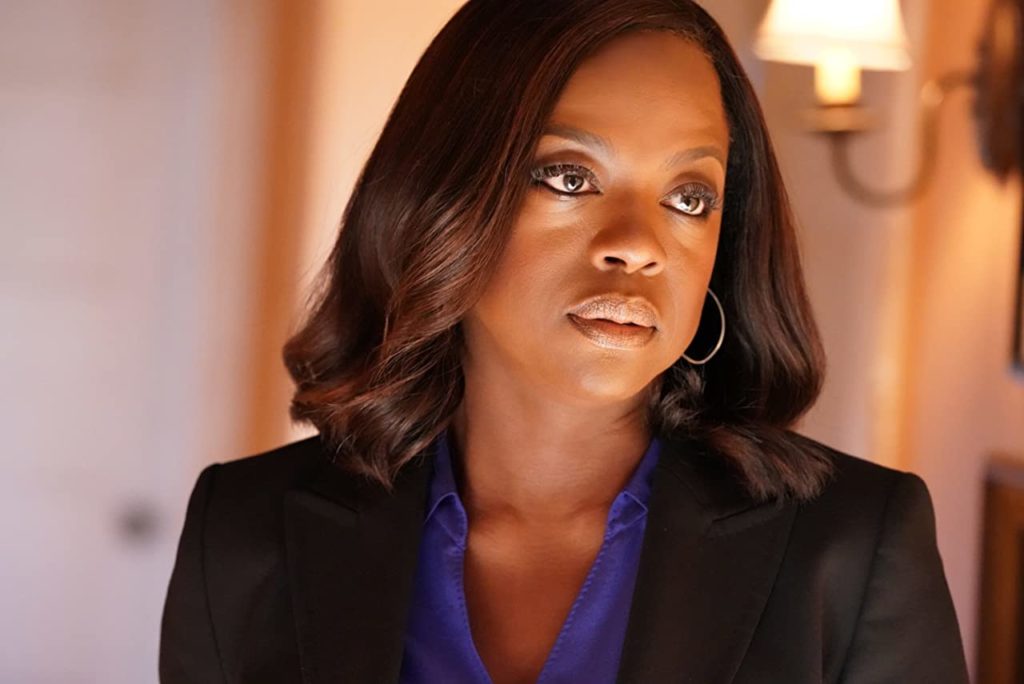
One of the stark statistics from the Nielsen paper is that while women make up 52 percent of the population, women only have a 38 percent share of the screen. “While there have been more roles for women on TV that break traditional stereotypes, overall, women are still underrepresented,” according to the study.
With that said, the study reveals that “women have the highest share of screen” on streaming and on-demand services: 49 percent. Broadcast is less kind to women, with women only having 33 percent of the share of screen.
Even worse is how women over 50 lack representation on TV. Nielsen states that women in this age bracket are 60 percent less likely to see themselves on TV than the general population. Also, while they are 20 percent of the general population and 20 percent of TV viewers, women over 50 only have a share of screen percentage of 8 percent. Contrast this to men over 50, who have a 14 percent share of the screen while comprising 17 percent of the population.
3. Narratives about racial groups fall along stereotypical lines.
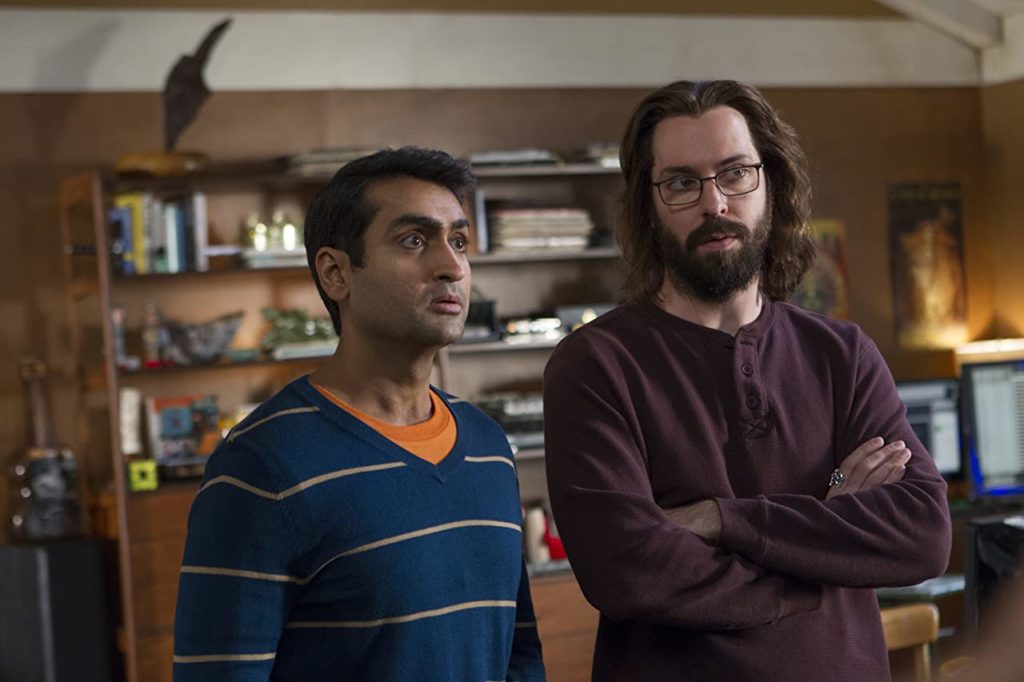
Part of the challenge of diversity on screen is making sure that diversity is meaningful. In other words, seeing a face that looks like you is one thing, but seeing a face like yours that also represents positive attributes is another.
In an eye-opening chart analyzing the critical themes in television regarding racial groups, Nielsen found that narratives about racial groups are what you’d expect from a stereotypical view of the world. Black women, for instance, are primarily shown to be rivals with each other (i.e., nearly every Real Housewives or Love and Hip Hop series). The second highest narrative for Black women concerns their sons. “Investigation”–I assume either shows about Black women’s deaths or shows with Black women as criminals–and “emotional” are the next highest markers, with personal relationships being at the very bottom.
Black men are similarly stereotyped negatively, with “Pursuit” and “thrilling” being the top markers for stories centering Black men. While both tags could reference shows involving Black men in a criminalistic light, the labels could also reference the many cop shows that generally employ a Black male actor as one of the leads. “Teamwork,” the next highest marker, could again go along with chop shows as well. “Discovery,” “Investigation,” and “Streets” are the rest, conflating the idea of a Black male with criminality, the police, or both, depending on the show.
Latinas are generally seen as “Melodramatic” and full of “Dysfunction,” according to the chart, which is pretty sad. “Suspenseful” is higher than “Dysfunction,” but “Emotional” and “Police Stations” are also near the top. These markers work together to paint a picture of Latinas being criminalistic and emotionally out of control.
Meanwhile, White women are marked by “Daughters,” “Husbands,” “Family Homes,” “Love,” and “Friendships.” It’s fascinating that “Friendships” is the least-used narrative for white women despite the media’s overt focus on shows like Sex and the City. But overall, it’s clear that the narrative TV pushes regarding white women is that they are family-oriented, focusing on homemaking and other positive but stereotypically “female,” attributes. In other words, white women are still distinguished as women, even if the recognition is June Cleaver-ish in its narrow scope. Meanwhile, Black, Latina, and Asian counterparts must deal with less flattering portrayals.
Asian and South/Southeast Asian key themes in television are milquetoast in their neutrality, in my opinion. Markers such as “Courage and Bravery,” “Justice,” and “Awakening” are positive, but they also exist along stereotypical lines. “Courage and Bravery” is a throughline we’ve seen in much of American media concerning East Asian characters if we take a look at shows like Into the Badlands, with Daniel Wu playing the main character Sunny. But while I love Into the Badlands, Sunny’s character stays relatively flat throughout the three seasons.
The East Asian marker of “Sons” is also stereotypical, seeing how a lot of American media regarding East Asians focuses primarily on the male perspective and cultural ideas about sons in East Asian families. But it’s so prevalent in American media that it’s the highest marker among those listed for East Asian content.
Meanwhile, “Courtrooms” and “Offices” are the top markers for South/Southeast Asian narratives. To me, the “Courtrooms” marker is either because South/Southeast Asian actors are hired to play lawyers or other types of legal aides or because they are hired to play terrorists or suspected terrorists. “Offices,” on the other hand, ties into “Courtrooms” if we use my previous example of actors hired to be lawyers. But, if we look at shows like Silicon Valley, the marker also plays into the stereotype of South/Southeast Asians working in technology or information industries.
With this information, it’s clear that there’s a lot for studios and creators to do to combat these stereotypes. For one, networks can invest even more in breaking the barriers to entry for up-and-coming creators of color. Work is happening behind the scenes, but that work must continue and grow each year.
Second, there needs to be a committee of sorts within each writer’s room or at each network that flags stereotypical or problematic content in scripts for writers to recognize hidden biases that might infiltrate their work. Someone could make other suggestions, but these are just two of mine.
4. LGBTQ representation is high.
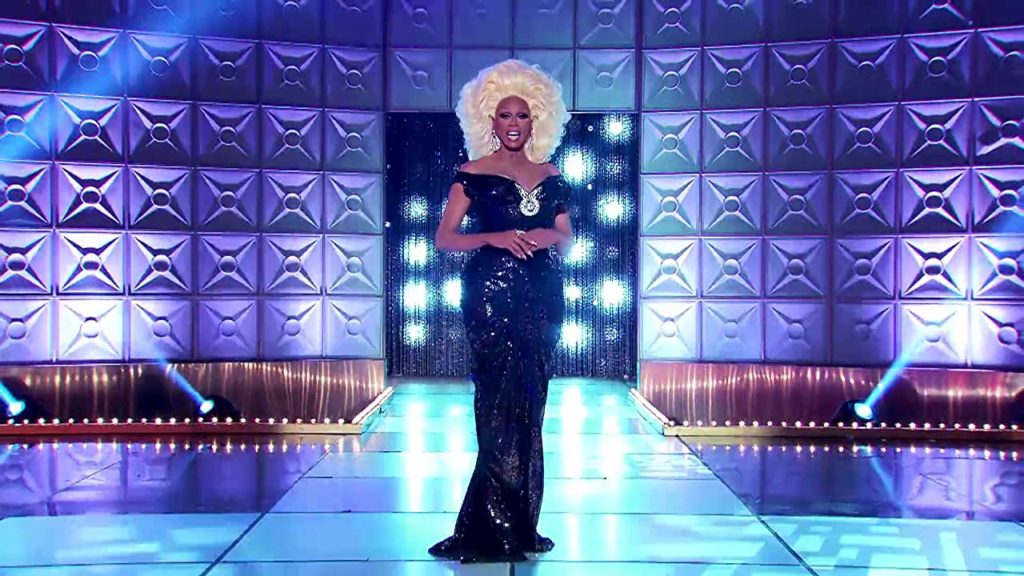
A surprising data point is that representation for LGBTQ people is higher than their estimated population percentage. LGBTQ individuals make up an estimated 4.5 percent of the population, but they have a 6.7 percent share of screen.
This stat is highly encouraging, seeing how LGBTQ representation can go a long way in educating others and saving lives. I hope that this representation can have an even more significant effect on America’s views towards trans people, particularly trans women of color, who are more likely to be killed or hurt than their white counterparts at an exponential rate.
5. Native American content is still horrifically low.
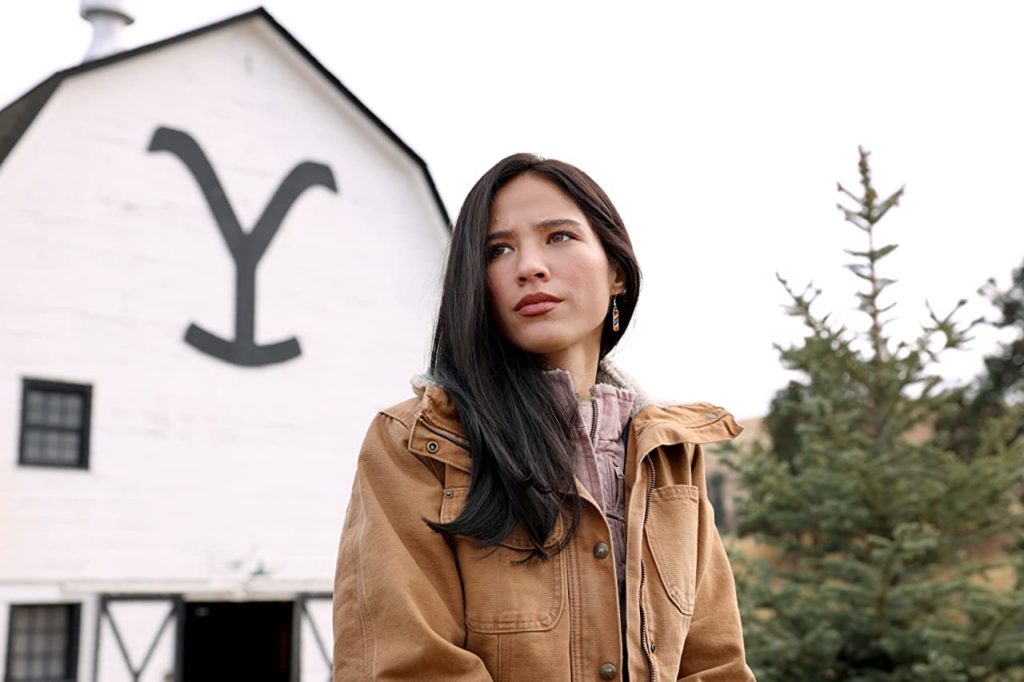
I don’t think we needed Nielsen to tell us that Native Americans are hardly ever represented in the media. Nielsen did provide us with the stats to back up this anecdote, turning it into a hard, cold fact.
“In spite of a legacy that spans the continent, Native Americans struggle to see themselves represented on screen,” wrote Nielsen. “They have some of the lowest on-screen presence, leavin the distinct tribes, cultures, and relevance of Native Americans without visibility in TV programming.”
Nielsen found that Native Americans find more representation in streaming/on-demand services at 0.8 percent, with broadcast coming in second at 0.3 percent. Native American men outperform Native American women on streaming, though, while Native American women outperform Native American men on broadcast television. Native Americans as a whole are barely recognized on cable.
6. Streaming services are top-rated among POC looking for diverse content.
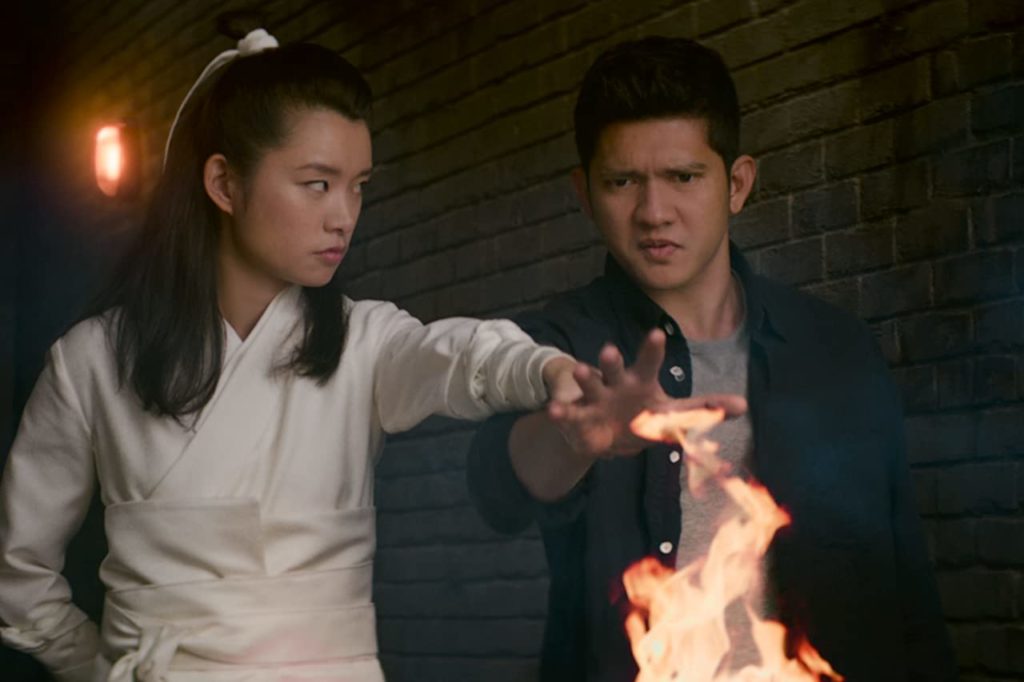
We’ve heard how more and more Americans are cutting the cord and switching to streaming and on-demand services. According to Nielsen, the majority of the cord-cutters are Black, Hispanic, and East Asian viewers.
“In 2019, Black and Hispanic TV households had among the highest cord-cutting rates in the U.S.,” wrote Nielsen. “SVOD [streaming and video on-demand] shows strong representation for Hispanic, East Asian and Black people, corresponding to their increase in adoption of streaming platforms at higher rates than the general market.”
The higher rates of cord-cutting among non-white viewers are because there is generally more inclusion on streaming services than regular television. From what I’ve seen, the diversity has only increased as we reach the next level of streaming saturation. Traditional TV is doing its best to catch up, but it needs to do more to compete with the streaming behemoths.
What can we learn from this?
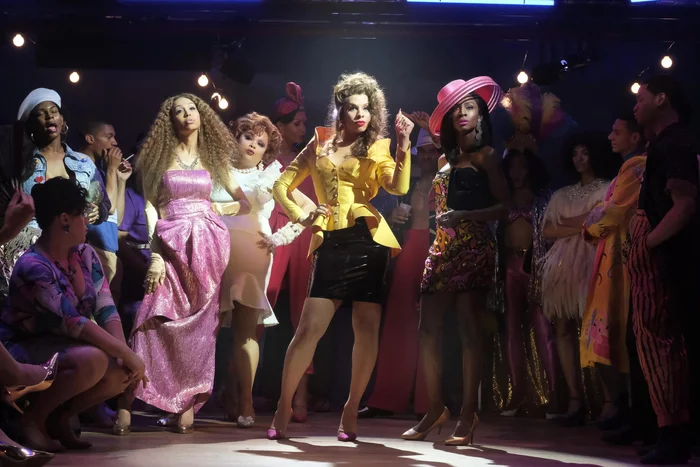
How should networks and regular viewers use this data? First of all, for us interested in diversity in media, we should look at the data as a snapshot of 2019. It tells us a story of where the successes and failures were during that year. The lesson to be learned from this is that while there are small-scale improvements, there still needs to be more done at the executive and other decision-making levels to make diversity a priority.
There also needs to be an investment at the lower rungs of television production, such as hiring sensitivity readers, for example, or educating writers’ rooms on the subjects and issues that affect the characters they are writing about. A great example of this is Watchmen, which studied the Tulsa Race Massacre and the issues surrounding it to create eye-opening, compelling television.
With that said, Watchmen achieved such heights with specific storytelling by having a mostly-Black writers’ room. Showrunners should dedicate themselves to hiring more writers of color outside of their usual familiar circles. To that end, there should be more equitable ways for new writers to gain entry into the world of television that doesn’t rely on knowing someone to vouch for you or spending years in low-level set or PA jobs.
There also needs to be a change of ideology within networks as a whole. As this paper points out, audiences want to see diverse content with meaningful, well-rounded, humanistic narratives and will search high and low to find it, to the point that they will leave cable and broadcast television.
“All audiences, regardless of how they identify, like to see diversity in the content they view on TV,” states Nielsen. “Programs with more diverse casts yield higher audience ratings for all viewers when compared to shows that have low diverse representation.”
In short, if networks can create a variety of content that reflects their diverse audience, then ratings will go up, audiences will have more content to consume and discuss, and networks will be lucrative. It’s a win-win for everyone once executives realize what’s truly at stake.
You can read the full report for yourself by clicking the image.
